Mole vs. Vole: Who’s Wrecking Your Yard and How to Stop Them for Good
Every spring, it’s the same story. The snow melts, you step out onto your lawn, and… disaster. The yard is a mess of strange ridges and dead patches. Your prized shrubs look sick. It’s incredibly frustrating, and my phone used to ring off the hook with homeowners asking the same question: “What is doing this and how do I make it stop?”
In this article
Before you can fix the problem, you absolutely have to know who the culprit is. People throw the words “mole” and “vole” around like they’re the same thing, but they are completely different animals with totally different motivations. Honestly, getting this right is the most important step. Choosing the wrong battle plan is just a waste of time and money, and I’ve seen people spend hundreds on useless repellents because they misidentified the pest.
So, let’s break this down like a pro so you can take back your yard.
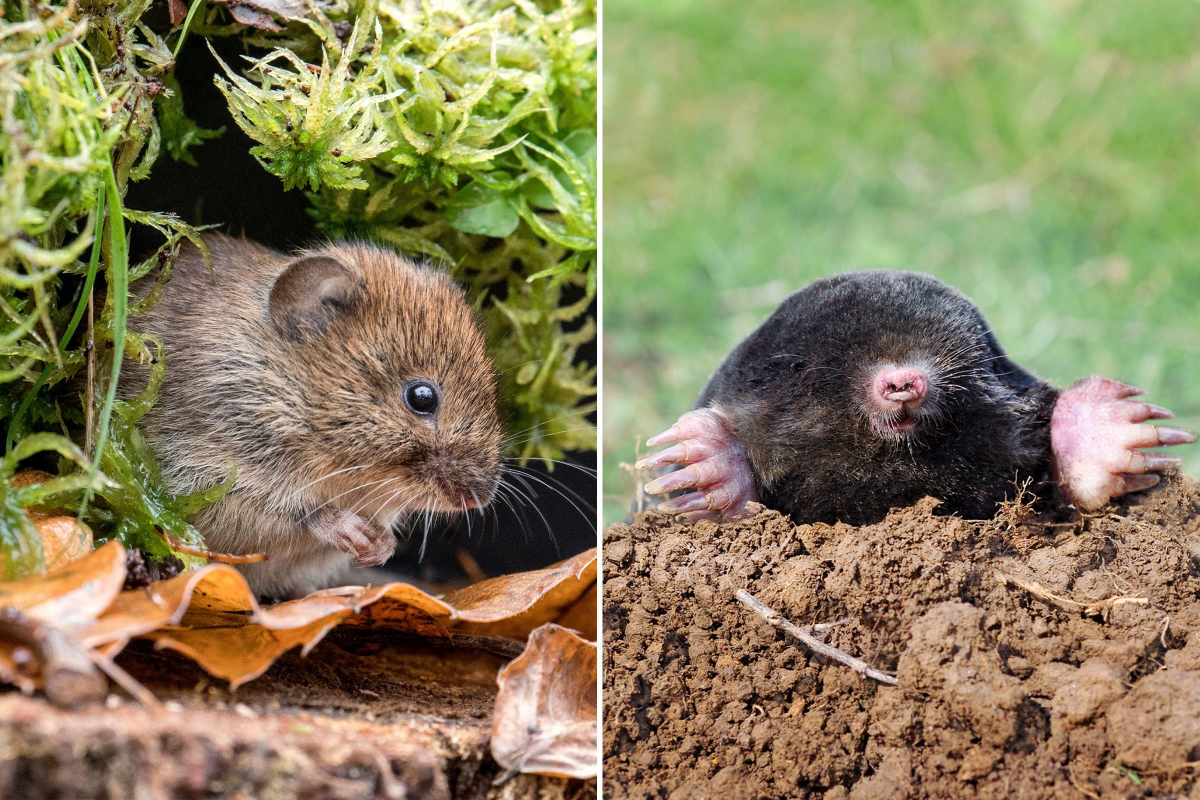
The Quick Lowdown: Is It a Mole or a Vole?
If you’re in a hurry, here’s the snapshot difference. We’ll get into the details in a minute, but this is the core of it.
If you see raised ridges crisscrossing your lawn like a network of tiny, underground highways, and volcano-shaped mounds of dirt, that’s a mole. They’re hunters, searching for worms and grubs. The damage is mostly cosmetic to the lawn itself.
But if you see pathways worn into the grass, like little 1- to 2-inch-wide trails that connect clean, open holes in the ground (with no dirt mounds), that’s a vole. Voles are plant-eaters, and they are the ones who chew on your plants, gnaw on tree bark, and munch on your bulbs. The damage they cause can be truly devastating to your garden.
Getting a Positive ID: Reading the Clues
You’ll probably never get a good look at either of these critters; they’re fast and incredibly shy. But that’s okay. The evidence they leave behind tells you everything you need to know.
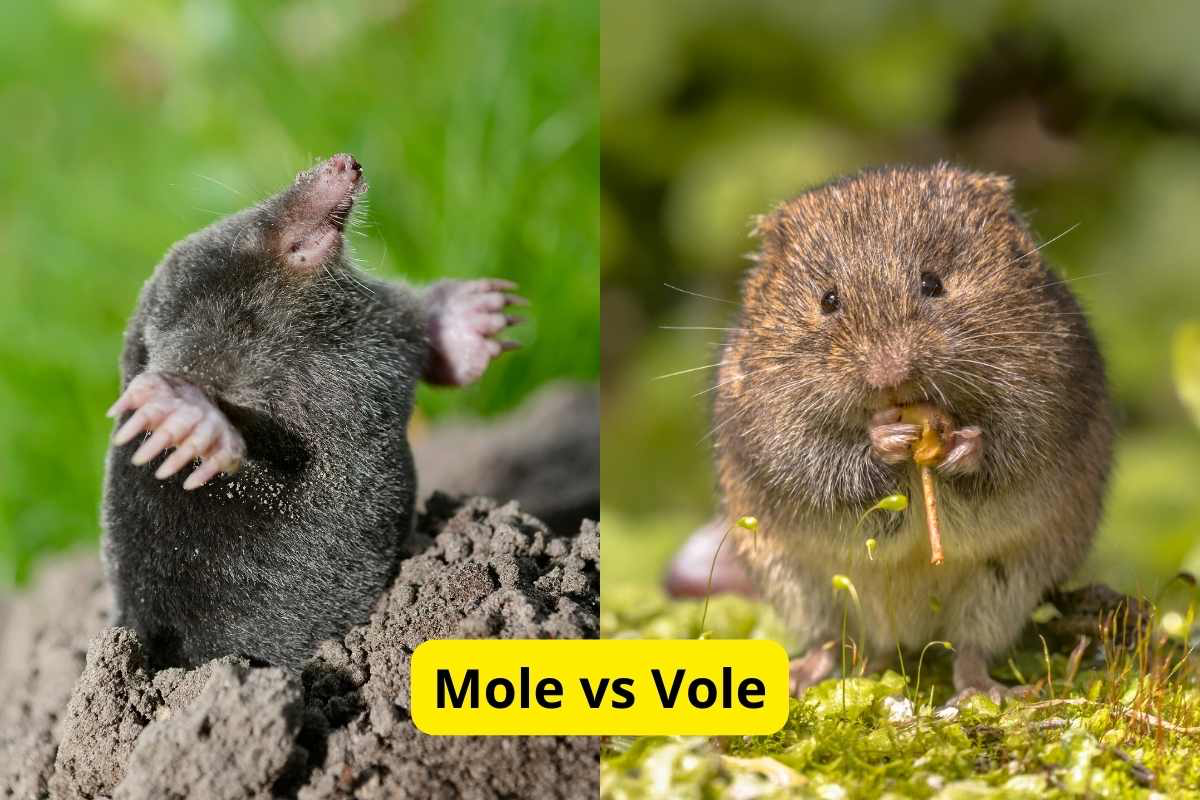
What Do They Look Like? (On the off chance you see one)
A vole looks a lot like a mouse, but stockier. Think of it as a field mouse’s tough cousin, with a stout body, a blunt nose, and small, beady eyes. Its ears are small but visible, and it has that classic brown or gray rodent fur. They’re built for foraging through grass.
A mole, on the other hand, is a velvety sausage of pure digging power. It’s not a rodent at all; it’s an insectivore. Its body is cylindrical, perfect for slipping through tunnels. The most obvious features are its gigantic, spade-like front paws that face outward, built for serious excavation. It has a long, pointed snout, and you won’t see any external ears or functional eyes. It looks like it was engineered for one purpose: digging.
The Real Evidence: Tunnels and Damage
Since you’re working with clues, let’s analyze the crime scene. A mole’s work is unmistakable. Those raised feeding tunnels just under the surface feel soft and spongy when you step on them. When they dig deeper tunnels, they have to push all that excavated dirt up to the surface, creating those classic, conical molehills. If you have molehills, you have a mole. Period.

Voles are completely different. They create surface-level runways by eating the grass and trampling it down, creating visible trails. These trails connect their burrow entrances, which are clean, open holes about the size of a half-dollar. No mounds of dirt anywhere. They use these paths to travel safely from their burrows to their food source… which is probably your garden.
And that brings us to the most important question: what’s actually being eaten?
Voles are herbivores. They chew on the bark of young trees (called girdling), which will kill the tree. They eat flower bulbs from below—if your tulips just vanish, it was probably a vole. Moles, on the other hand, are carnivores. Let me say it again: moles do not eat your plants. They eat earthworms and grubs. The damage they cause is from their tunneling, which can kill patches of grass and make your lawn bumpy and hard to mow.
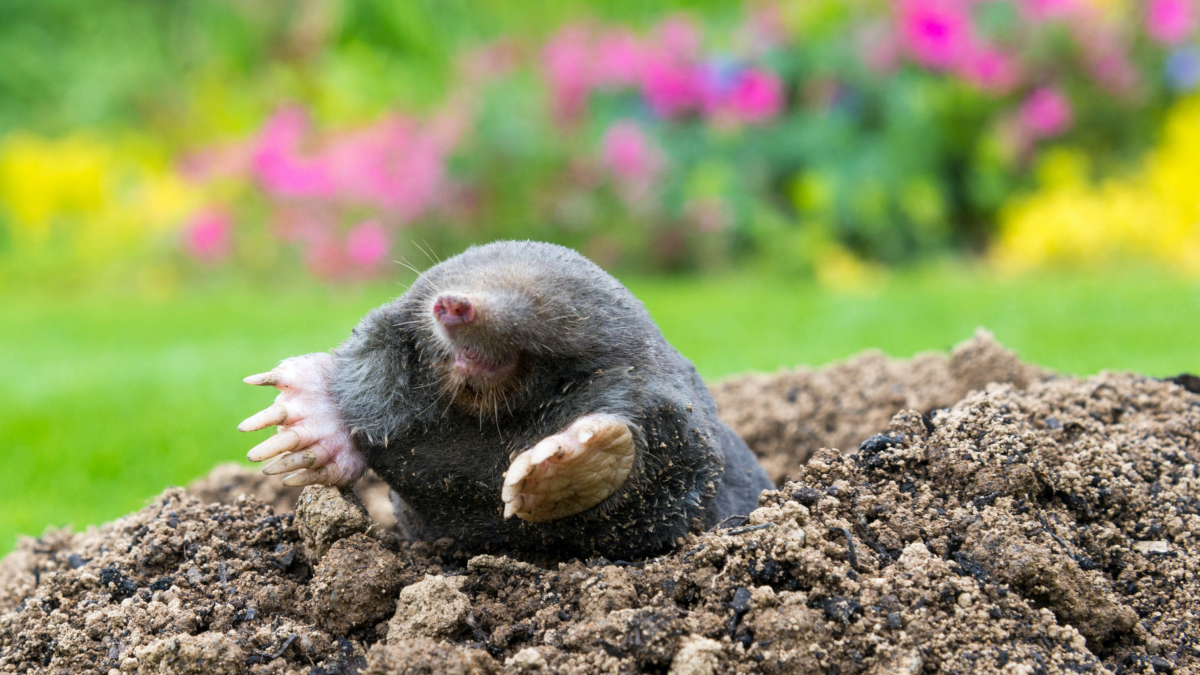
Effective Solutions That Actually Work
Okay, now that you’re pretty sure who you’re dealing with, you can pick the right strategy. A couple of quick field tests can confirm your suspicions.
The Apple Test (For Voles): This is a classic. Find an active runway and place a small slice of apple near one of the holes. Cover it with a pot or a bucket. Check it in 24 hours. If something has been nibbling on the apple, you’ve got voles. A mole wouldn’t touch it.
The Tunnel Probe Test (For Moles): Grab a long screwdriver or a metal rod. Gently poke it into the ground along one of those raised ridges. If it’s an active mole tunnel, you’ll feel the rod suddenly give way and sink an inch or two into an open channel. This is also how you find their main highways for trapping.
How to Handle Voles
Vole management is about making your yard a less friendly place for them.
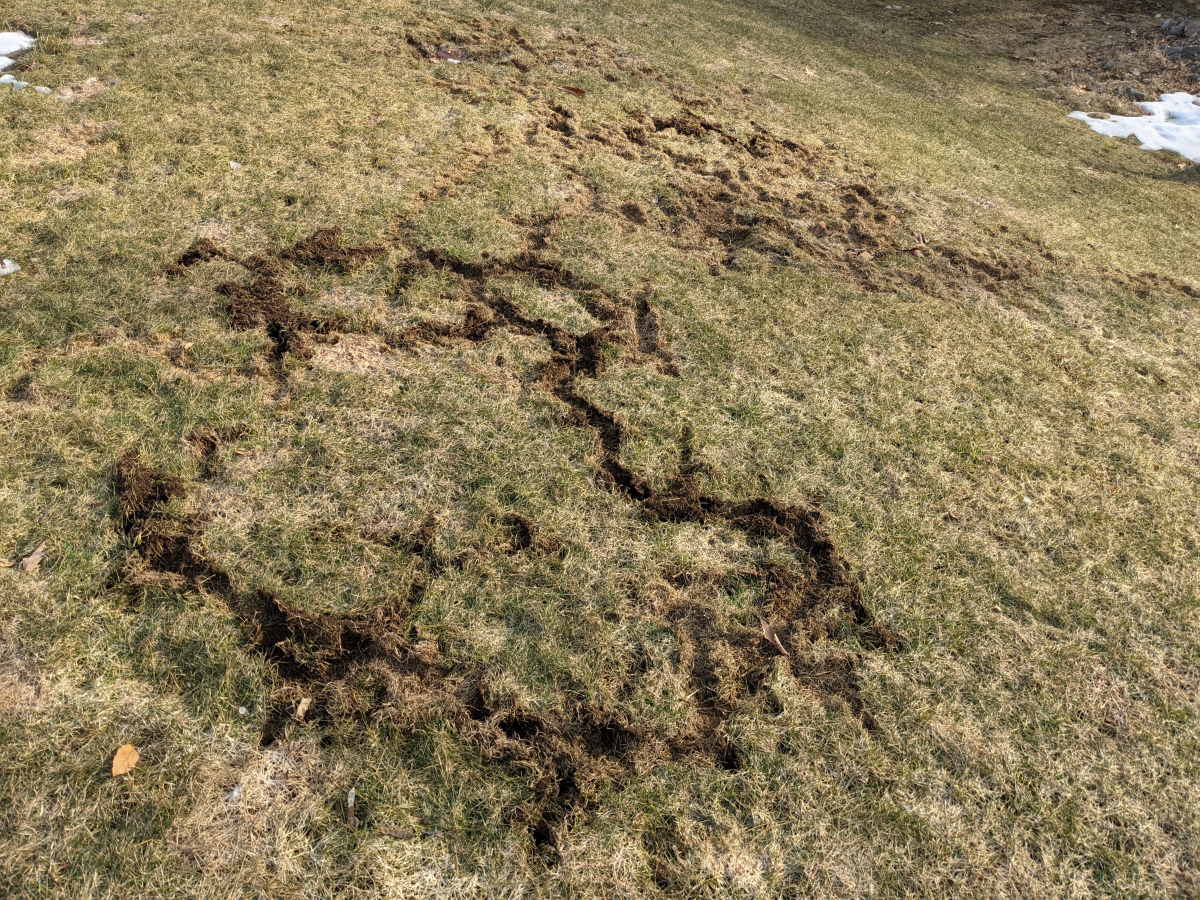
1. Modify Their Habitat: Voles hate feeling exposed. Keep your lawn mowed to around 2-3 inches and clean up any brush piles or overgrown weedy areas. Don’t let heavy mulch pile up against the base of your trees. Taking away their cover makes them easy targets for predators like hawks and foxes, and they’ll often move on.
2. Protect Your Plants (Exclusion): This is the best long-term fix. To protect garden beds, you’ll need to install a barrier. For a standard 4×8 foot raised bed, a 25-foot roll of 1/4-inch hardware cloth (wire mesh) should do it, costing you about $30 at any hardware store. Dig a trench 10 inches deep around the bed, bury the mesh, and leave about 6 inches above ground. For young trees, wrap the base with a plastic tree guard. Make sure it’s tall enough to extend above where the snow will pile up in winter.
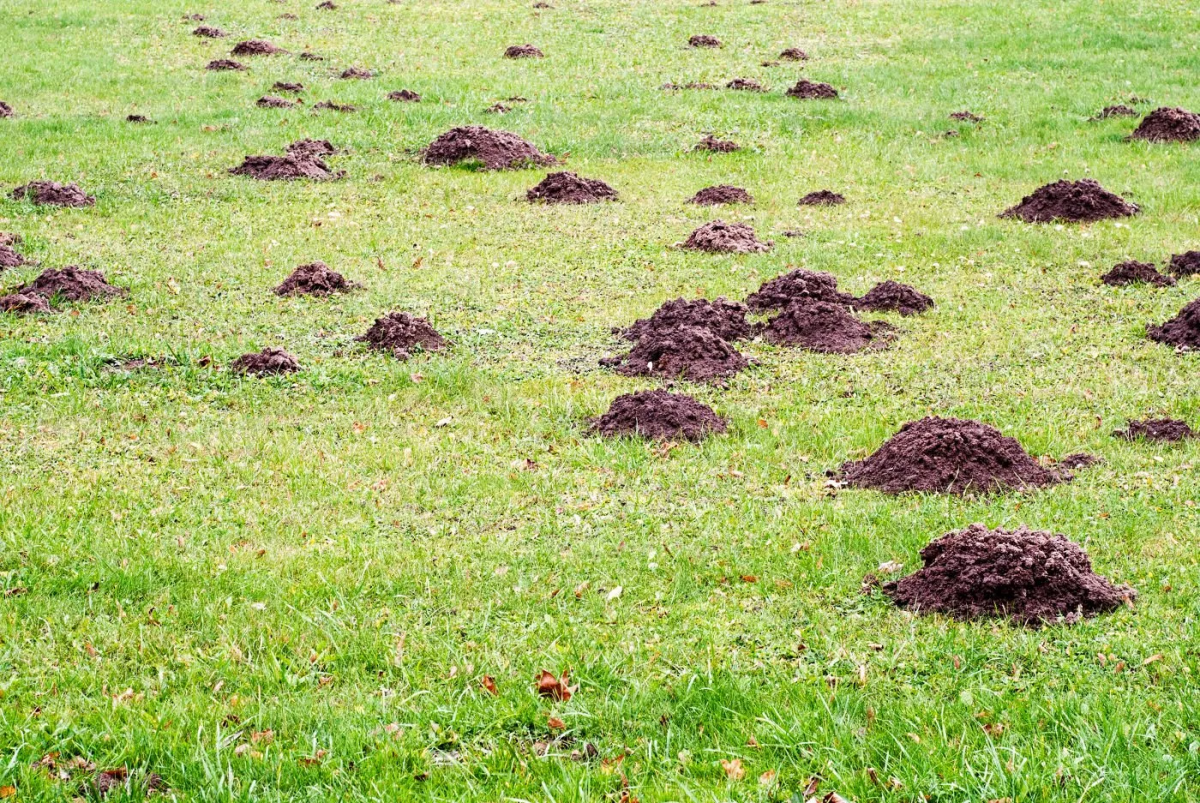
3. Trapping: This is a very effective way to deal with an active infestation. Regular mouse snap traps work perfectly. Bait them with a dab of peanut butter mixed with a little oatmeal. Place the traps perpendicular to their runways so they have to run over the trigger. For safety (and to make the vole feel more comfortable), cover the trap with a small box or bucket with a V-notch cut out for the runway. For a typical infestation along a flower bed, I’d start with 4-6 traps set a few feet apart.
How to Handle Moles
Forget the gimmicks. When it comes to moles, trapping is the gold standard.
1. The Art of Mole Trapping: I’m not gonna lie, this takes a bit of skill, but it’s completely doable. The most common and effective traps are the scissor-jaw or harpoon-style traps, which you can find for $15-$25 each. The key is setting it in the right place.

The first time I tried this, I made the classic mistake of setting it in a squiggly, meandering surface run. Don’t do that. You need to find a main, straight tunnel—often along a driveway, a foundation, or a fence line. Use your probe to find one. Once you do, here’s the process:
- Carefully dig out a small section of the tunnel that’s the exact size of your trap.
- Set the trap according to the manufacturer’s instructions (and please, be careful!).
- Place it firmly in the channel.
- Crucially, block all light from getting into the tunnel by covering the set trap with a bucket or a piece of sod. A mole will sense the light and airflow and just block off that part of the tunnel, avoiding your trap completely.
- Check it daily.
A note on what’s next: Once you’ve trapped an animal, you need to deal with it. Check your local and state regulations on wildlife. In many places, it’s required to dispose of the animal, as relocating wildlife can spread disease and is often illegal.
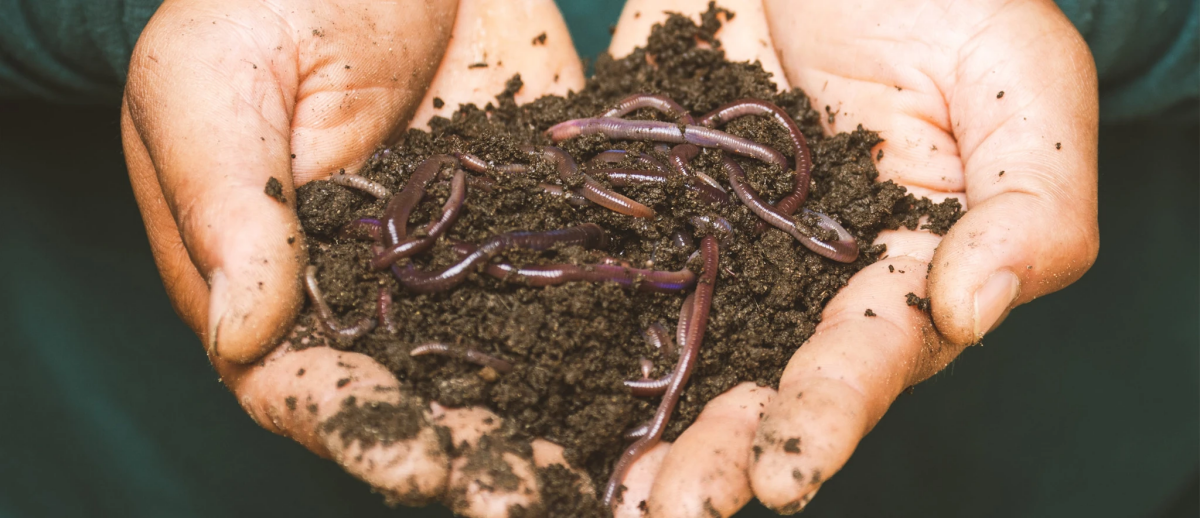
Heads Up! Avoid These Common Mistakes
People waste so much money and effort on things that just don’t work. Please don’t be one of them.
- The Grub Control Myth: I get asked this constantly. “If I kill all the grubs, will the moles leave?” The answer is almost always NO. Grubs are just a small appetizer for moles; their main course is earthworms. You can have a grub-free lawn and still have a very well-fed, very busy mole.
- Sonic Spikes & Gimmicks: Those vibrating stakes you see online are, to be frank, a complete waste of money. I have seen yards full of them that are also full of fresh molehills. They do not work.
- Stomping on Tunnels: Simply stomping down the raised ridges in your lawn does nothing. The mole will either clear the tunnel out again in a few hours or simply dig a new one right next to it. It’s a temporary cosmetic fix at best.
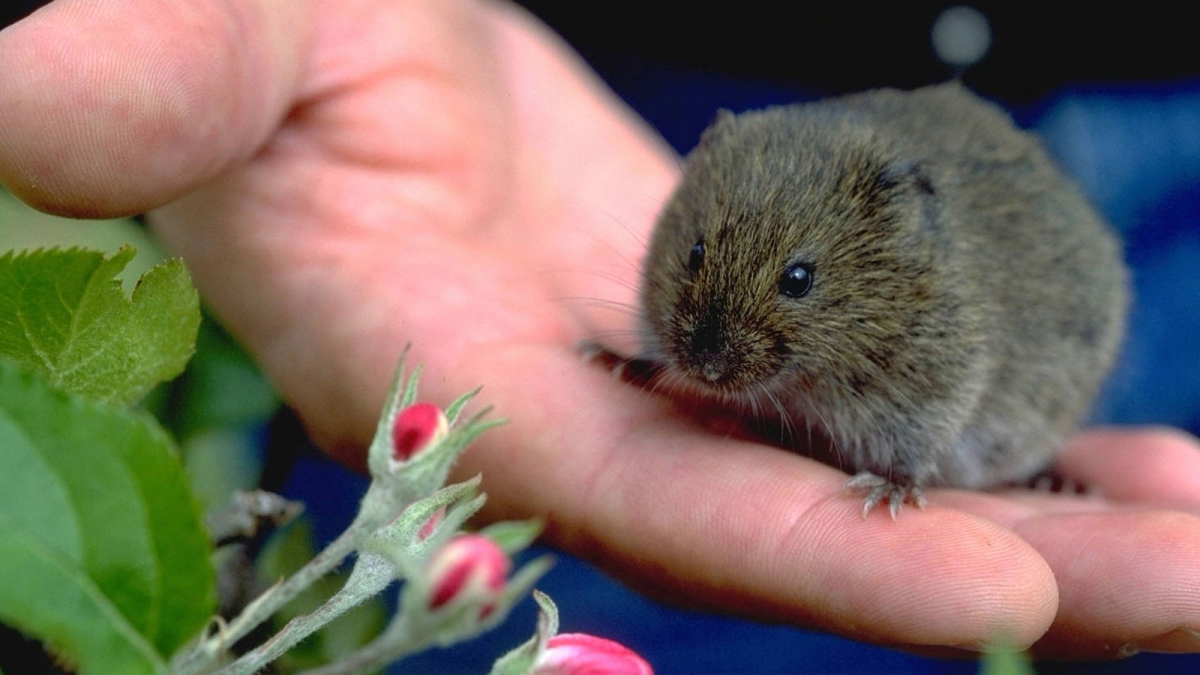
Okay, The Pest is Gone… Now What? Fixing the Lawn
Once you’ve solved the problem, you’re still left with a lumpy, damaged lawn. Fixing it is pretty straightforward. For mole ridges and molehills:
- Use a rake to spread out the soil from any molehills into the surrounding lawn.
- Gently tamp down the raised tunnel ridges with your foot to collapse them.
- Water the area well to help the soil settle.
- For any bare patches, sprinkle a mix of good quality topsoil and compost, then reseed with a grass type appropriate for your area. Keep it watered until the new grass is established.
When to Call in the Pros
Sometimes, it’s just better to call for backup. If you’re dealing with a massive vole infestation that’s destroying valuable landscaping, or if you simply don’t have the time or patience to learn mole trapping, hiring a professional wildlife control operator is a smart move. It’s what they do all day, every day.
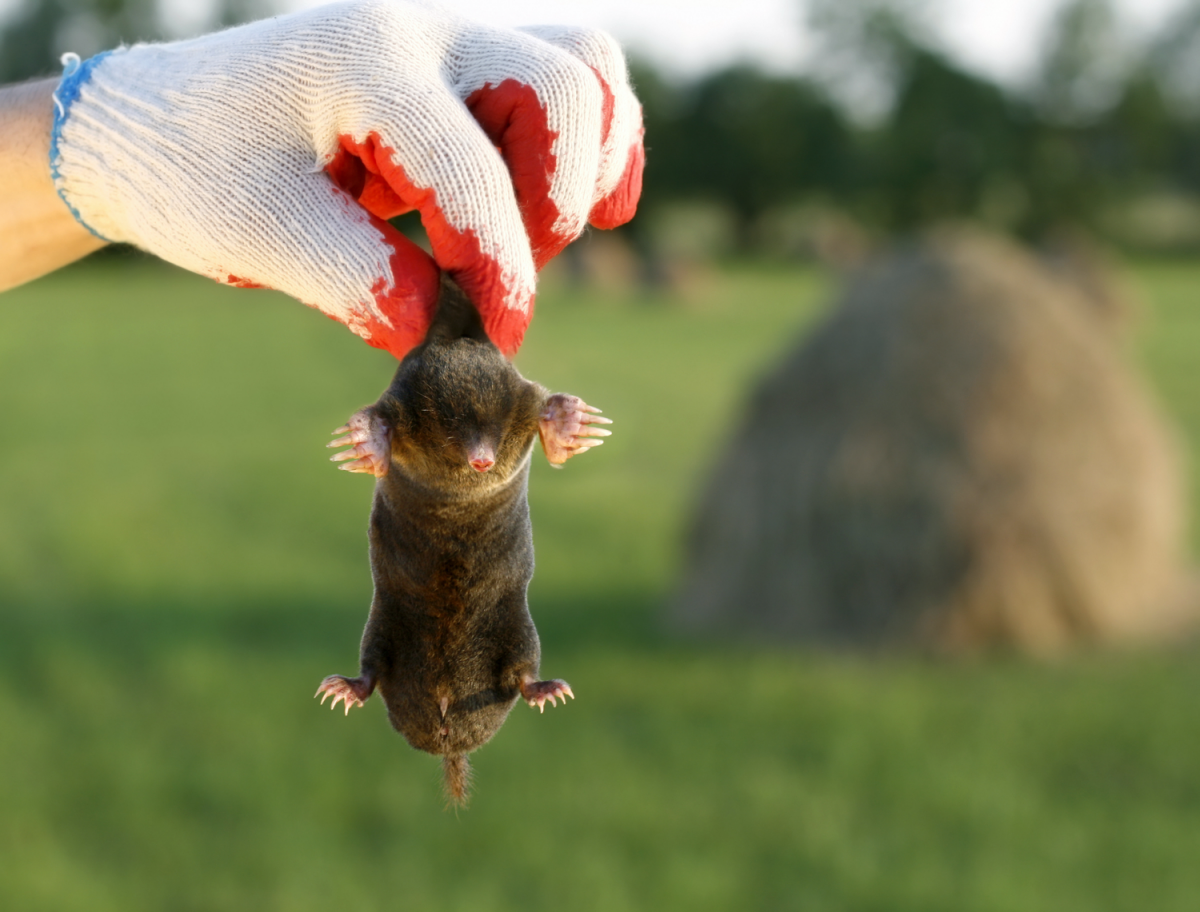
Expect to pay a fee for the initial assessment and trap setup, which often starts around $150-$250, with additional costs per visit or per animal removed. When hiring, ask if they use an Integrated Pest Management (IPM) approach. A true pro will educate you on their process, not just promise a magic spray. Be wary of anyone pushing a long-term chemical plan as the first and only option.
Galerie d’inspiration
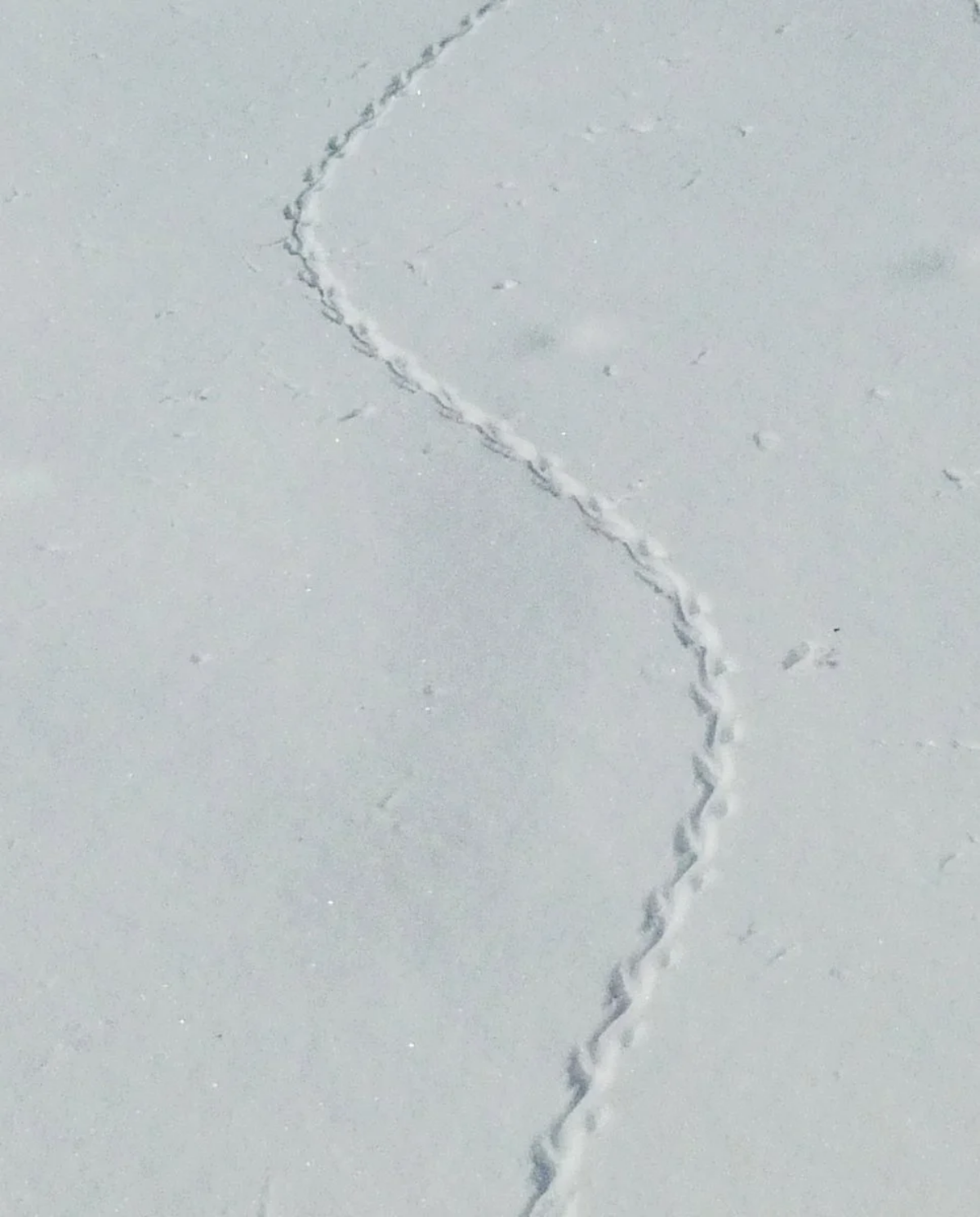
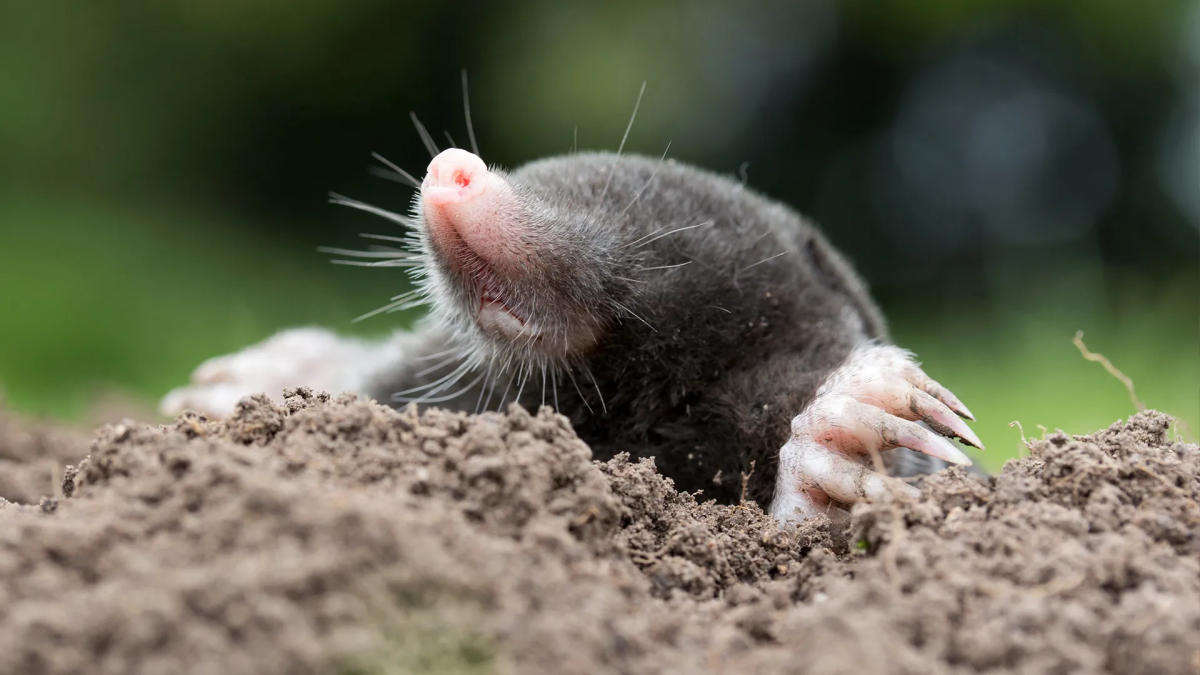
While voles are notorious for devouring tulips and hostas, you can design a garden that’s less of a buffet. Choosing plants they typically avoid is a smart first line of defense.
- Bulbs: Opt for Daffodils (Narcissus) and Alliums. Voles detest their taste.
- Perennials: Salvia, Peonies, and Lenten Rose are beautiful additions that are rarely on a vole’s menu.
- Groundcovers: Consider Pachysandra or Ajuga, which are less appealing than lush, tender grasses.
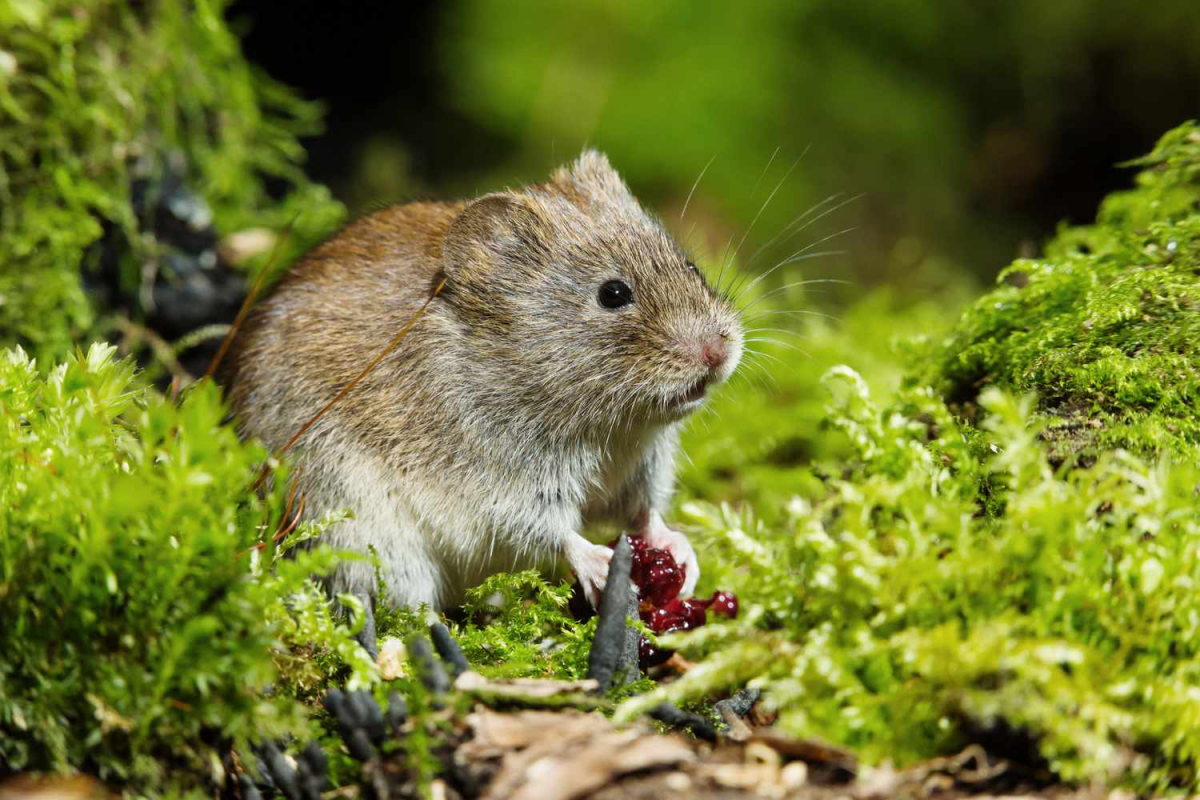
A single vole can have 5 to 10 litters a year, with an average of three to six young each time. A small problem can become an infestation in a single season.

A healthy lawn can be a mole magnet. It sounds ironic, but rich, moist soil teeming with earthworms and grubs is a five-star restaurant for a mole. While you want a healthy lawn, if you have a serious grub problem (spongy turf, irregular brown patches), treating it with a product like Scotts GrubEx can reduce the moles’ primary food source, encouraging them to hunt elsewhere.
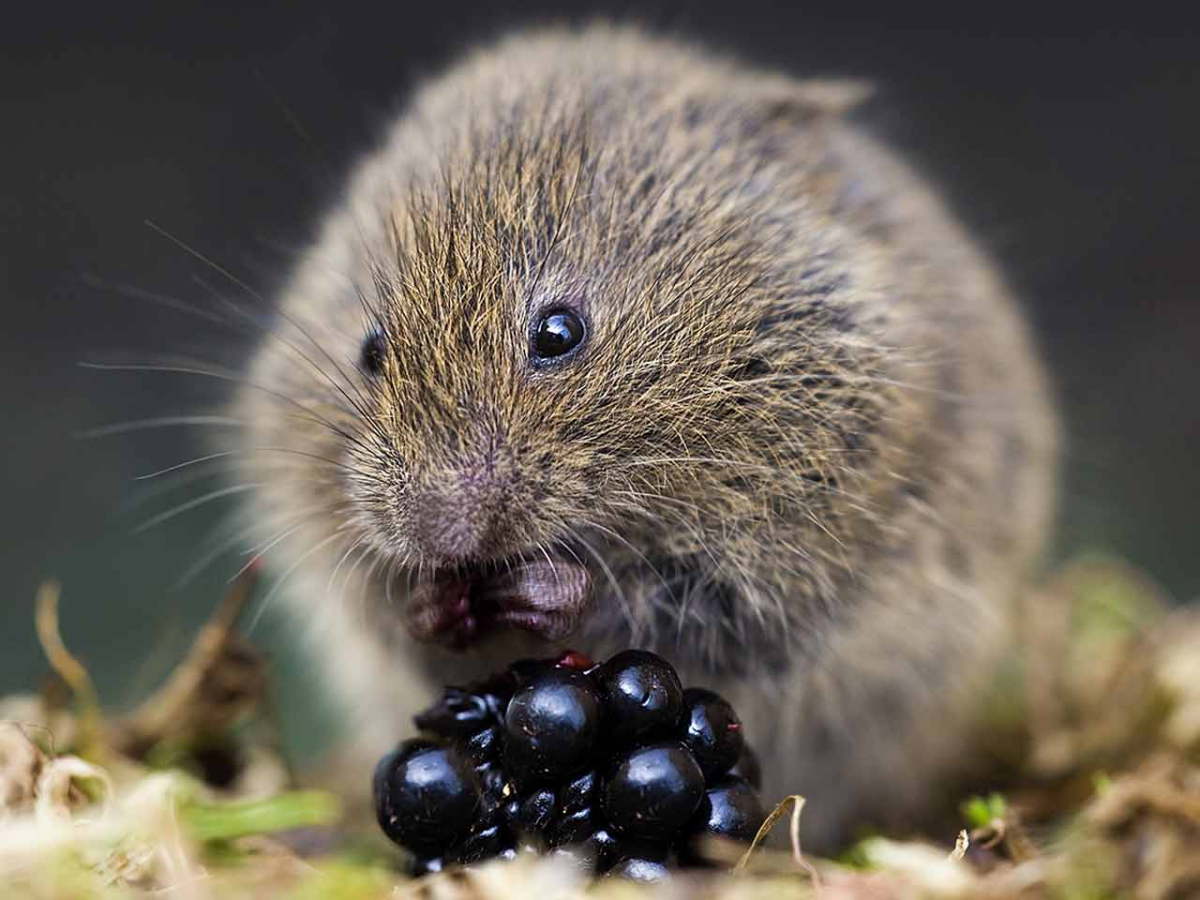
Are those sonic and vibrating stakes a real solution?
It’s the million-dollar question for frustrated homeowners. The theory is that the underground vibrations mimic a predator, scaring moles and voles away. However, most university extension studies and pest control experts agree they have very limited, if any, long-term effectiveness. Pests may be deterred for a day or two but quickly learn the vibrations are harmless and simply work around them. Your money is better invested in trapping or targeted repellents.

- Flattens unsightly mole ridges.
- Collapses vole runways to prevent reuse.
- Ensures grass roots can reconnect with the soil.
The secret to quick lawn recovery? A simple lawn roller. After you’ve dealt with the pest problem, fill a lawn roller with water and go over the affected areas. This simple step is crucial for helping your turf heal and preventing permanent dead spots from forming where tunnels have cut off root access to moisture.
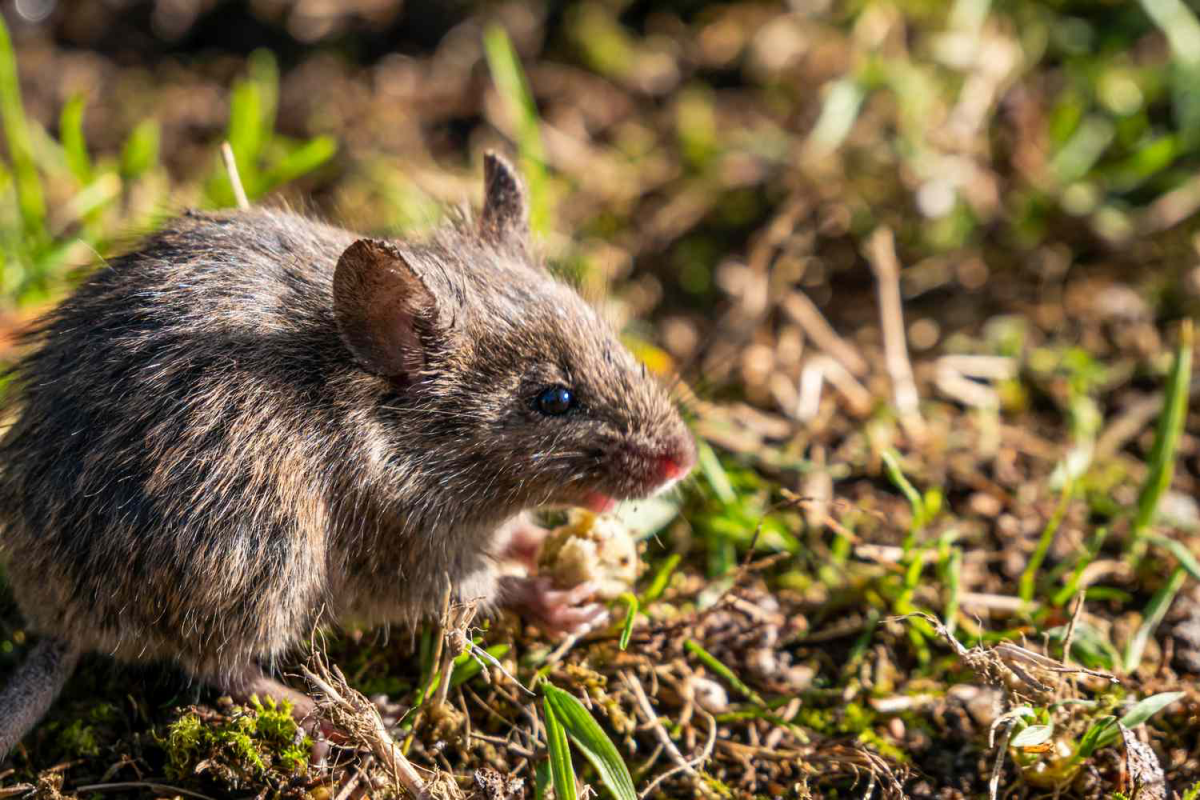
Castor oil is the active ingredient in most top-rated granular and liquid mole repellents.
It doesn’t harm the animals; it simply makes the ground taste and smell awful to them. For best results, use a castor oil-based repellent like Tomcat or Repellex after a rain or water the lawn first. This helps the oil soak deeper into the soil where moles are active. Reapplication is key, especially after heavy rainfall, to maintain the protective barrier.
Scissor-Jaw Trap: A classic, powerful trap like the Victor model, placed directly into an active mole tunnel. It’s highly effective but requires precise placement and caution when setting.
Choker Loop Trap: Often considered easier and safer to set than scissor traps. This type works by strangling the mole as it passes through the main tunnel. Both are effective; the choice often comes down to personal comfort with the setting mechanism.










